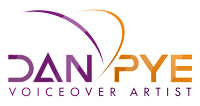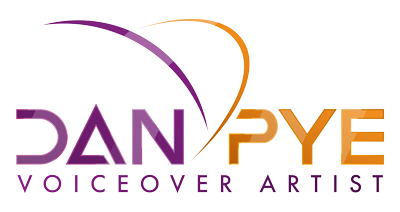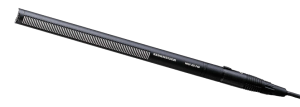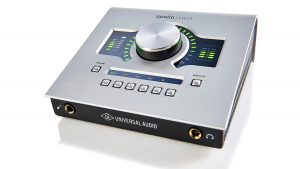Voice over studio equipment is a hole that you can easily get lost down, as the saying goes, all the kit and no……. idea, comes to mind, but kit is incredible important as a voice over artist, good kit ultimately improves your ability to create broadcast quality end results.
During this time of lock down I have spent a good amount of it, well, gardening if I am honest. The rest of the time I have spent contemplating whether the quality of output I provide from my studio is of a “broadcast quality” standard. So I have been doing a review of the kit and space I have in there.
Sennheiser MK4 – Microphone (UPDATED Jan 2021 with the addition of Sennheiser MKH 416)
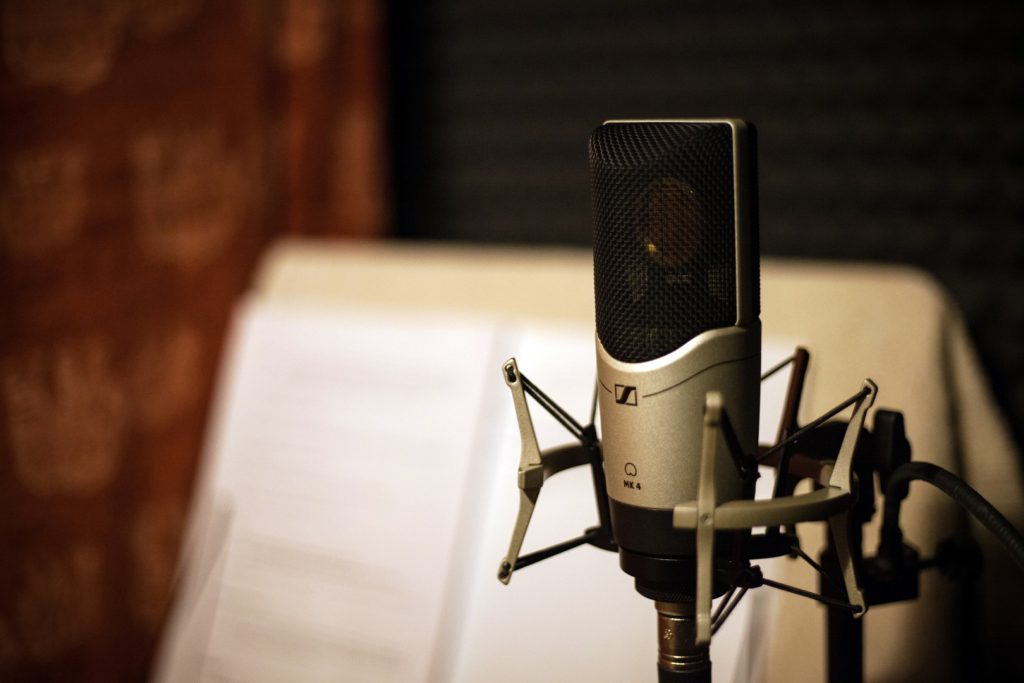
When I first started in radio, I remember using the Behringer B1 microphone, which I loved at the time (terrible now). I then moved to a SE 2200, then an Apogee MiC, and now this little beauty which I have owned for 3 years. I always recommend to people who ask about buying microphones that you go and try them out. I visited my local sound place to do that, PMT Music in Newcastle. The level of service you get in there is absolutely second to none, really recommend a visit if you are looking for anything sound / instrument related. Kindly they let me try a range of mics, I tried the Aston Spirit, which at the time was new to the market, I tried the Rode NT1, I tried the Sennheiser MKH 416 and the Neumann TLM 103. Now back at the time when I made this investment I wasn’t getting regular work, and so the likes of the Neumann U87 was some what of a pipe dream, as were the 103 and the MHK 416 really, but for comparison I wanted to check as many as I could. My verdict at the time was whole heartedly the MK4, I fell in love with the sound of, the depth, and smooth clarity, and that’s the one I came home with and still use today. I should probably upgrade at some point to the U87 or the TLM 103, but currently I am happy, and more importantly my clients are happy with the sound of the MK4.
UPDATE JAN 2021 – I bought the Sennheiser MKH 416
MOTU M4 – USB Audio Interface (UPDATED Jan 2021 – Replaced with Apollo Twin)
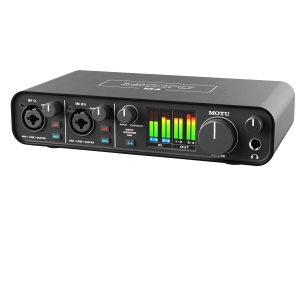 Motu M4 – USB Audio Interface
Motu M4 – USB Audio InterfaceThis is new… and was a super super super difficult decision to make. I pondered, asked questioned, read blogs, watched videos, for hours on what the next upgrade from the Scarlett 2i2 I was using previously would be. It seems that this is the one to have. I was very almost ready to invest in the Audient ID14 or the Babyface Pro two very different price ranges. After some researching and conversations with producers I eventually settled on this. It’s brand new to the market, and was horrifically difficult to get a hold of with Covid ceasing production, but eventually I got my hands on one, and it’s packed with incredible quality components, just lacks some of the bells and whistles of the higher price bracket kit.
UPDATE JAN 2021 – Apollo Twin
I decided to go with the UAD Apollo Twin. This was largely as I waited so long for delivery of the M4 that I decided I would just save a little more and get the interface I wanted, which came heavily by recommendation.
Beyer Dynamic DT770 – Headphones
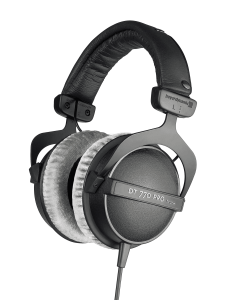
As far as I am concerned, these are the single most important, and the best investment I have ever made in my booth. The quality is unbelievable and really get the best from me in the booth. I can hear a range which I wasn’t able to hear with my 16 year old DT100s, and the difference that it has made has dramatically helped me in the booth. Essential in my opinion.
Sound Proofing wise I recently invested in some new acoustic tiles and bass traps. My booth is custom made from thick ply, acoustic flooring, fibreglass insulation, and then the acoustic tiles on top, but due to the size I was getting a boxy sound I wasn’t happy with, so I invested in better acoustic treatment. The bass traps really helped remove the boxy sound and have freed my ability to move around the booth more as I could reduce the use of reflection shielding. I got some great advice from various engineers on the sound, and sent blind samples to ultimately choose what sounded best, and in the end I am confident now that the sound is as good as I can get from the acoustics of the room, and that is of a national broadcast quality.
I still have my Scarlett 2i2 and my DT100s which I use outside my booth. Everything is driven by my 27″ iMac with a second screen mounted inside the booth for remote operation and scripts. I have also recently build a raspberry pi for remote sip connections which seems to be doing a good job for clients with the ability to connect via sip or ipDTL.
With regards to connections, I used to have ISDN, but since moving I haven’t found any reason to reinstall it. Source Connect, ipDTL, Clean Feed, Skype, Zoom and Telephone patch are all great ways for clients to connect without the requirement of ISDN (see this article explaining the death of ISDN) which is due to be phased out completely in a couple of years.
All in all, the tools are in place, the booth is hot, and I’m ready to take on your next project! Look forward to working with you soon.
You can connect to my studio on;
Tel – +44 (0) 191 303 6236
Source Connect Now – danpye
ipDTL – danpye
CleanFeed – danpye
Skype – danpyevoiceover
Zoom – danpye
Check out my other blogs on best voice actors on the planet, or what even is a voice over.
